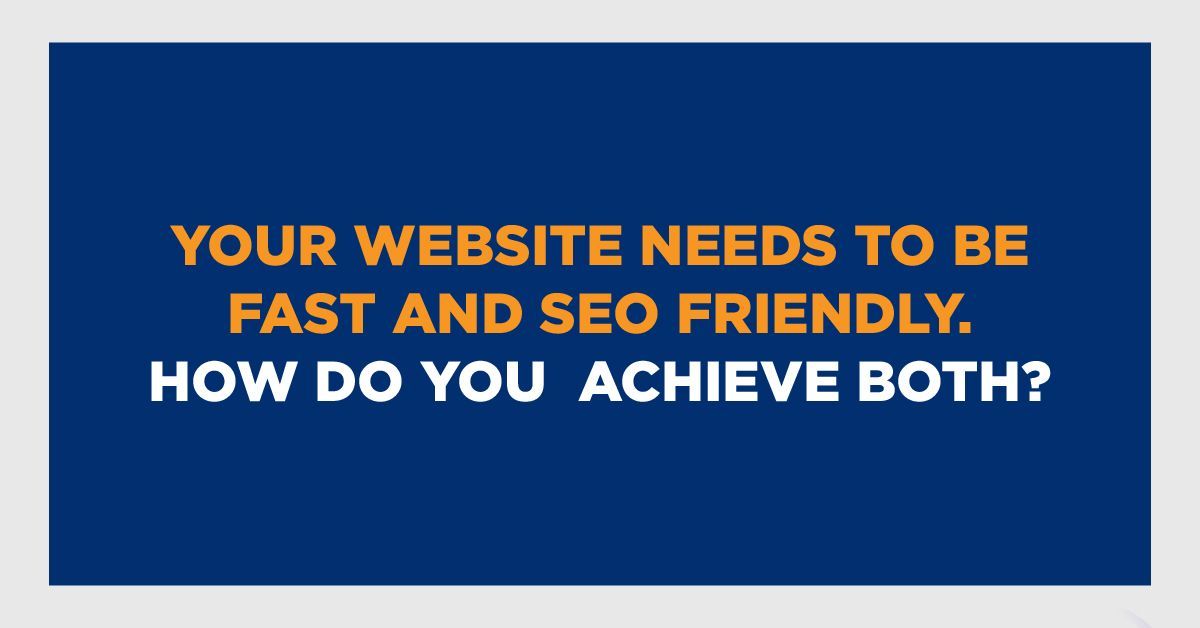A Guide to Voice Search Optimization
Gokulram M • November 20, 2024

A Guide to Voice Search Optimization
Optimizing voice search can greatly improve your visibility and accessibility, as more people use devices like smartphones, smart speakers, and digital assistants to perform searches hands-free. Here’s a comprehensive guide to voice search optimization:
1. Understand User Intent in Voice Search
Conversational Queries: Voice searches tend to be longer and more conversational than text queries. Users often ask full questions, like “What are the best Italian restaurants near me?” rather than typing keywords like “Italian restaurants near me.”
Question-Based Searches: Voice queries often start with words like “who,” “what,” “when,” “where,” “how,” and “why.” Structuring content around these questions can help capture more voice search traffic.
2. Optimize for Featured Snippets
Focus on Answering Questions Directly: Featured snippets (sometimes called “position zero”) are frequently used for voice search results. Structure your content to answer questions clearly and concisely.
Use Lists, Tables, and Bullet Points: Google often pulls snippet content that is formatted for easy reading, such as bullet points or numbered lists.
Keep Answers Brief: For best results, try to answer questions in 40-60 words since voice assistants tend to read shorter responses.
3. Use Conversational, Natural Language
Write in a Conversational Tone: Your content should sound natural, like a conversation, to better align with voice search queries.
Target Long-Tail Keywords: Long-tail keywords mimic the way people speak. Instead of “weather,” target “what’s the weather today in Seattle?”
Think of Contextual Phrases: People might search with follow-up questions. “What’s the weather?” might be followed by “What about tomorrow?” Ensuring content covers related questions can improve visibility.
4. Optimize for Local SEO
Claim Your Google My Business Listing: This is especially crucial for local businesses since Google uses this information to answer local queries.
Ensure Consistency in NAP Information: Make sure your business’s Name, Address, and Phone number (NAP) are consistent across all platforms.
Use Local Keywords: Include city names, neighborhoods, and other relevant local keywords in your content. Voice searches are often localized with phrases like “near me.”
5. Use Structured Data Markup (Schema)
Add Schema Markup: Schema.org markup helps search engines understand your content better. Markup can assist with various types of searches, including FAQs, how-tos, events, and reviews.
Markup for Actions on Google: Google provides specific schema for actions, enabling content to be optimized for voice actions, making it easier for your content to appear on Google Assistant.
6. Optimize for Mobile and Page Speed
Make Your Website Mobile-Friendly: Voice searches are often performed on mobile devices, so a responsive, mobile-friendly website is critical.
Prioritize Page Speed: Google prioritizes fast-loading websites, so optimizing images, minimizing JavaScript, and using efficient caching can help.
Use HTTPS: Google gives preference to secure sites, and HTTPS encryption is essential for a good user experience.
7. Create FAQ Pages
Anticipate Questions Users May Ask: FAQ pages are a fantastic way to capture voice search traffic. Address common questions directly.
Include Q&A Content in Headers: Formatting questions in header tags (like H2 or H3) and then directly answering them can make it easier for Google to identify relevant answers.
8. Focus on Natural Sounding Answers
Avoid Overly Technical Jargon: Voice search users often want quick, straightforward answers. Avoid overly technical or complex language.
Use Simple, Short Sentences: Aim to make responses easy to read aloud. Breaking down complex information into shorter, digestible parts can improve readability for voice search.
9. Leverage Conversational AI and Chatbots
Set Up a Conversational FAQ on Your Site: Embedding a chatbot with natural language processing can help users find answers quickly and also provide useful data on common voice queries.
- Analyze Voice Data: Look at data from your chatbot or voice assistant integrations to understand the types of questions your audience is asking.
10. Monitor and Adapt to Changing Trends
- Review Analytics for Voice Queries: Use tools like Google Search Console and Google Analytics to identify voice queries that lead to your site.
- Stay Updated on Algorithm Changes: Search algorithms continually evolve, especially as voice and AI technology advances. Keep an eye on industry updates for new best practices.
Conclusion
By optimizing for voice search, you’re creating content that’s user-friendly, direct, and highly relevant, increasing your chances of ranking well on both traditional and voice search platforms.










